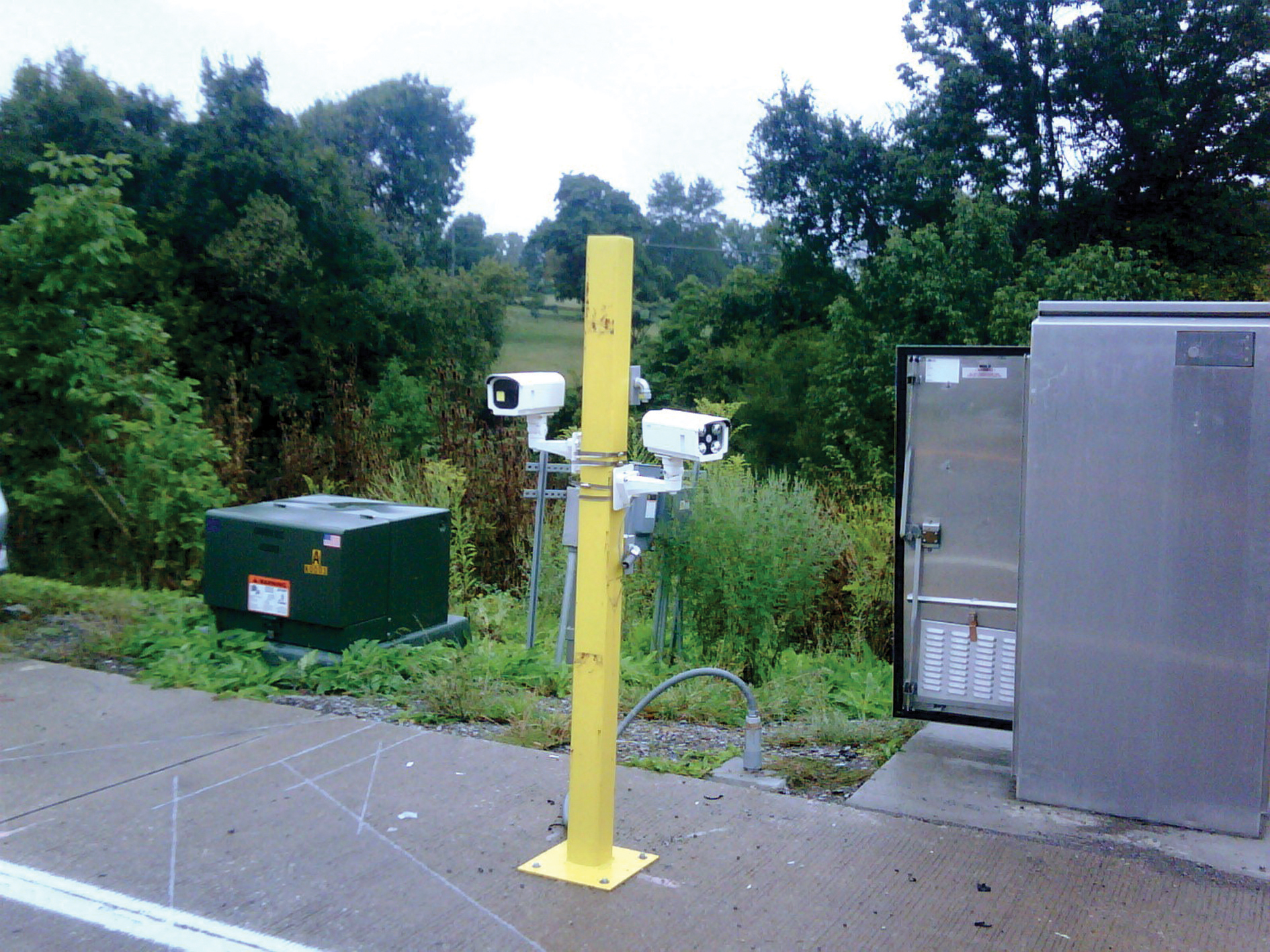
OCR systems present a competitive alternative with less infrastructure than conventional RFID readers
Automatic reading of Department of Transport numbers can provide an effcient and reliable means for enhancing the saftey and securitiy of freight operations, argues vice president for cargo solutions at High Tech Services, Benjie Wells.
A key element of port security is identification of trucks at entry points to freight terminals and handling points. Container facilities throughout the US and worldwide, whether port, intermodal or freight consolidators, are looking for ways to provide secure access as well as tracking of trucks at entry, exit and within the facility. Due to port congestion, increased truck turnaround time and significant growth expected in marine cargo during the coming decade, port operators have greater security requirements. This is especially so with regard to the trucking community and the need for positive identification through technology, such that would not require major infrastructure investment or complex operational processes.Trucks can be identified in a number of ways; by license plate, chassis and container numbers, or by Department of Transport (DOT) number. Until recently, cargo in marine ports has been identified only by the first three of these parameters.
DOT readers
In 32 of the 50 states in the USA, every truck registered to haul freight is required to have a DOT number stenciled on the cab. Additionally, most commercial vehicles in the US – any that transport passengers or haul cargo across state lines – are required by the US Government to have a DOT number. This serves to provide a unique identifier when collecting and monitoring a company's vehicle safety information for audits, compliance reviews, crash investigations and inspections.So why not use the DOT number to retrieve data from a commercial truck at ports and other facilities? DOT numbers contain useful information that becomes available for systems when entered either manually or via OCR (optical character recognition). With OCR reading of DOT numbers, processes can be automated, thus demanding manual input only for exceptions and processes requiring intervention. Such a system, coupled with license plate recognition (LPR), will enable automation of processes whereby DOT and LPR checks are performed for security and safety purposes.
Automating DOT entry into a system will serve to not only make data collection and checking more streamlined but also digitize the entire process, thus creating a digital record for real time analysis and feedback as well as for investigation of incidents or events.
Container Terminals
Secure access in container terminals is paramount, including tracking of trucks at entry, exit and inside the facility. Various technologies are considered when tagging and tracking trucks, with RFID being the most common. RFID tags identify the truck, license plate, year of manufacture and other unique information depending on the application and data entered for retrieval.Although reading the RFID tag requires infrastructure not unlike the equivalent of camera requirements for a DOT system, a significant difference in these two technologies is in their availability – DOT number exists on all trucks, RFID tags do not.
Regulations through government entities sometimes require tagging of trucks and without such regulation some freight operating companies have equipped their fleets with tags. However, there is no government mandate for RFID tagging and should this be introduced, there remain challenges regarding who pays for the devices, distribution and maintenance of the tags, as well as the infrastructure to read them. Although several port-wide efforts have resulted in successful use of RFID tags,
Technology currently in use to identify trucks at container terminals includes both LPR and RFID. Both provide useful data for security purposes and downstream business processes. Use of all three technologies – LPR, RFID and DOT – holds the key to unique identification of a truck at a specific point. Any one may be used to identify. However, each by itself has limitations. In combination, these technologies yield not only higher levels of accuracy, but also greater application of security.











